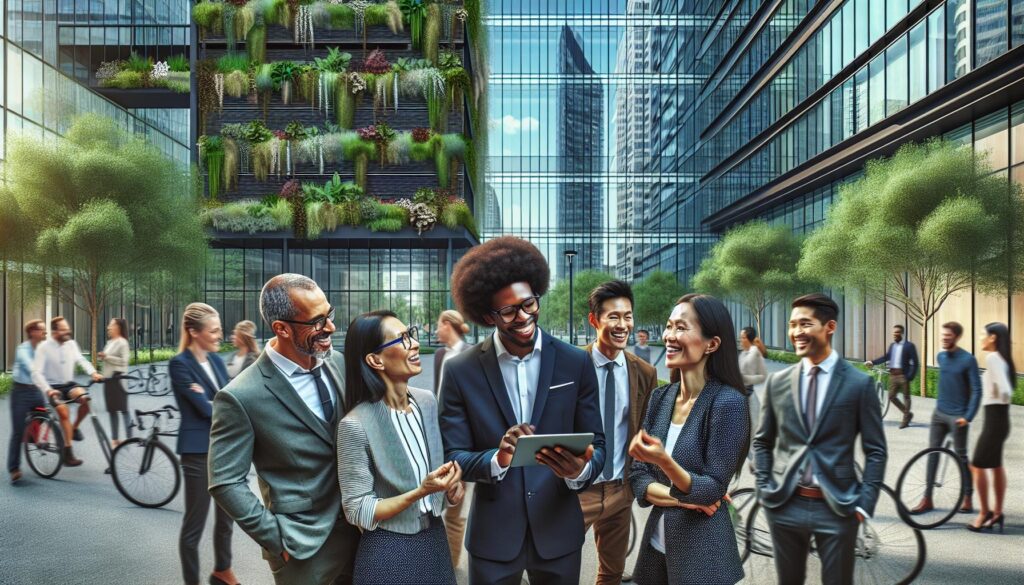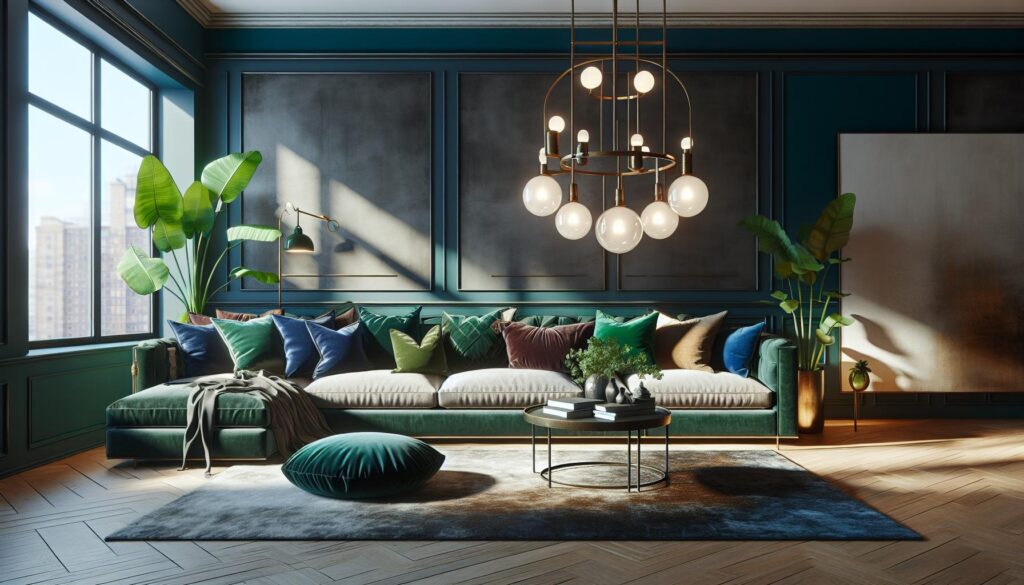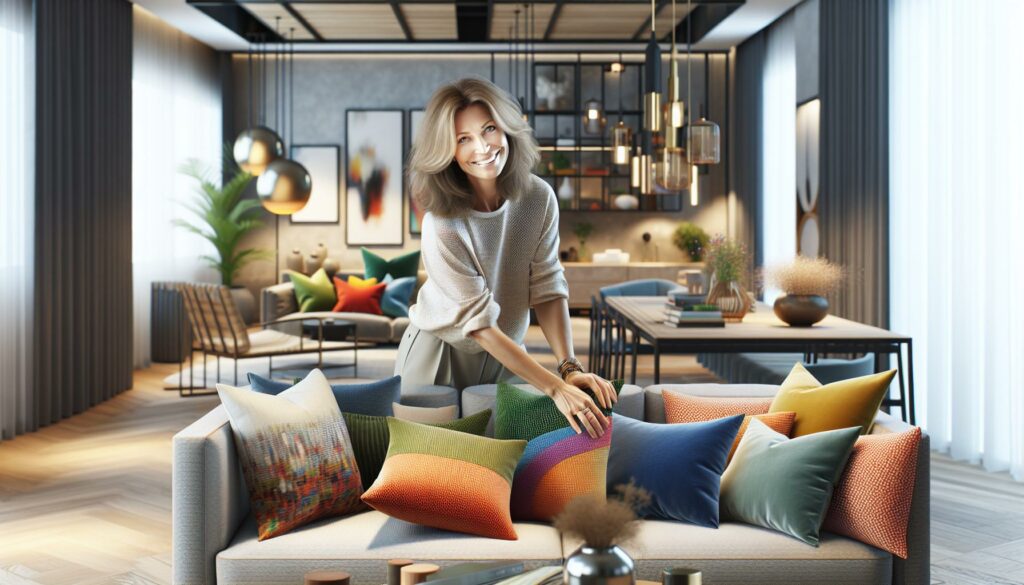In a world where buildings seem to sprout like mushrooms after rain, keeping up with commercial architectural trends is more vital than ever. These trends not only shape skylines but also influence how businesses operate and engage with their customers. Whether it’s the rise of eco-friendly designs or the push for multifunctional spaces, the architectural landscape is evolving faster than you can say “open floor plan.”
Imagine walking into a sleek office that feels more like a trendy café than a stuffy workspace. It’s not just about aesthetics; it’s about creating environments that inspire productivity and collaboration. As businesses adapt to changing needs, understanding these trends can give them a competitive edge. So, buckle up and get ready to explore the fascinating world of commercial architecture, where innovation meets functionality in the most delightful ways.
Commercial Architectural Trends
Contemporary commercial architecture showcases significant trends reshaping the industry. Eco-friendly designs remain at the forefront, emphasizing sustainable materials and energy-efficient systems. Businesses are increasingly incorporating biophilic design elements, which connect occupants to nature and improve overall well-being.
Flexible spaces facilitate various functions, enabling businesses to adapt to changing needs. Open floor plans promote collaboration while allowing for personalization to suit diverse work styles. Multi-purpose areas combine various functionalities, enhancing the versatility of commercial spaces.
Technology integration plays a crucial role in modern architecture. Smart building systems optimize energy usage and enhance security. Innovation in materials, such as transparent solar panels and recycled composites, modernizes building aesthetics and increases sustainability.
Workplace health has become a priority for employers. Natural lighting and ventilation improve employee productivity and satisfaction. Acoustic design also minimizes noise distractions, creating more conducive environments for daily tasks.
Urban environments serve as a backdrop for these architectural changes. The rise of mixed-use developments reflects a shift towards community-focused spaces. Enhanced accessibility for pedestrians and cyclists supports sustainable transportation modes.
Designing for resilience addresses climate change challenges. Flood-resistant features and heat-reflective materials mitigate adverse weather impacts. Smart planning ensures that commercial developments can adapt to evolving environmental conditions.
Investors increasingly favor buildings that meet these emerging trends. Projects incorporating these aspects tend to attract higher occupancy rates and long-term tenants. Understanding and implementing these trends remains vital for successful commercial architecture.
Sustainable Design Practices
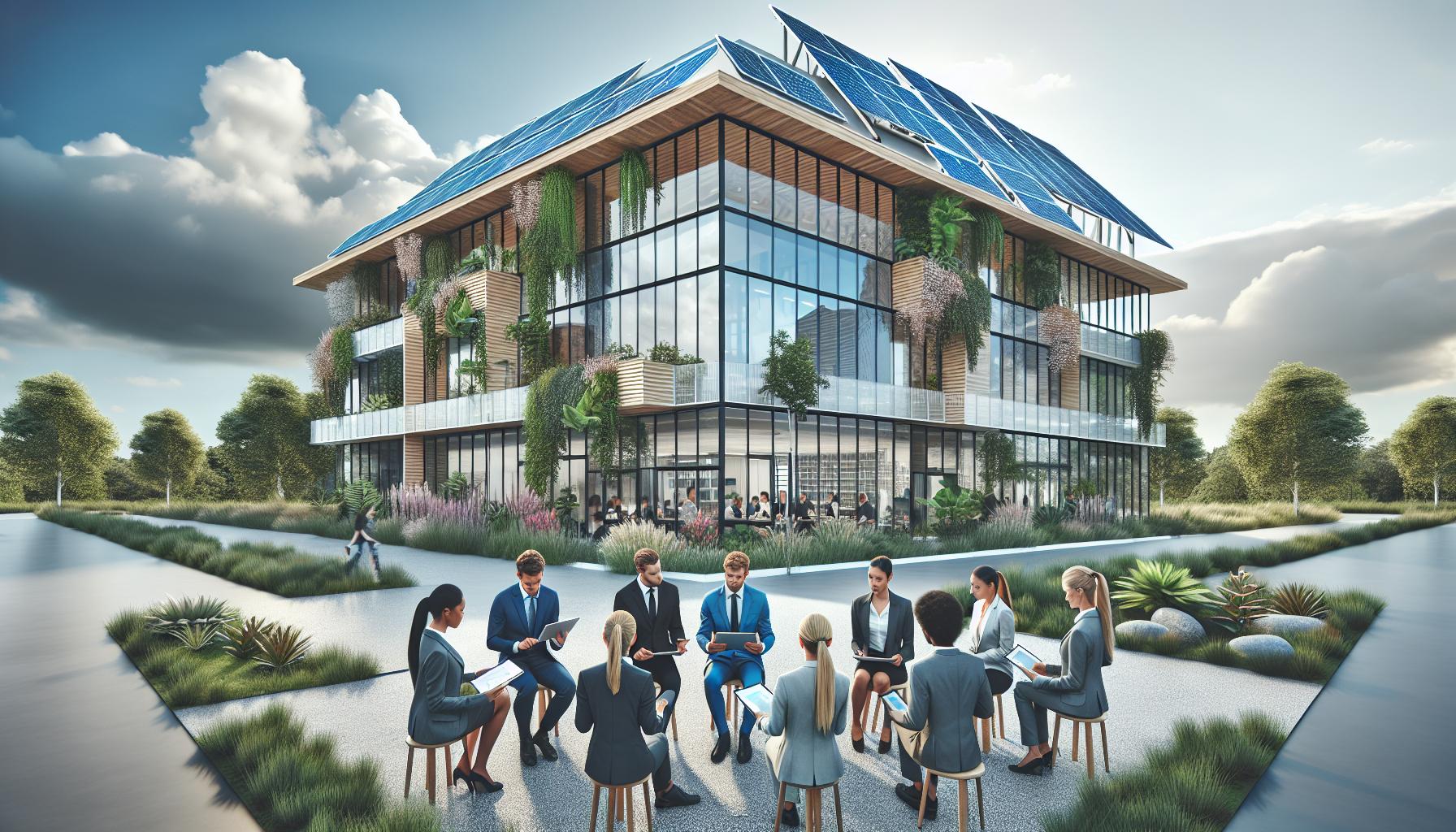
Sustainable design practices shape the future of commercial architecture. Emphasis on eco-friendliness and functionality drives innovative solutions.
Green Building Certifications
Green building certifications play a vital role in sustainable architecture. LEED and BREEAM represent some of the most recognized certifications. Achieving these certifications demonstrates commitment to environmental stewardship. Projects that obtain these certifications show improved energy performance, which attracts tenants and investors. Moreover, occupants experience enhanced indoor air quality and natural light, contributing to overall well-being.
Energy Efficiency Innovations
Energy efficiency innovations continue to transform commercial spaces. Smart building technologies optimize energy use through real-time monitoring and automated systems. Additionally, renewable energy resources like solar panels significantly reduce reliance on fossil fuels. Building designs that incorporate energy-efficient HVAC systems enhance comfort while lowering utility costs. Research indicates that integrating these innovations can lead to a 30% reduction in energy consumption. Ultimately, adopting energy efficiency innovations supports long-term sustainability goals.
Adaptive Reuse in Architecture
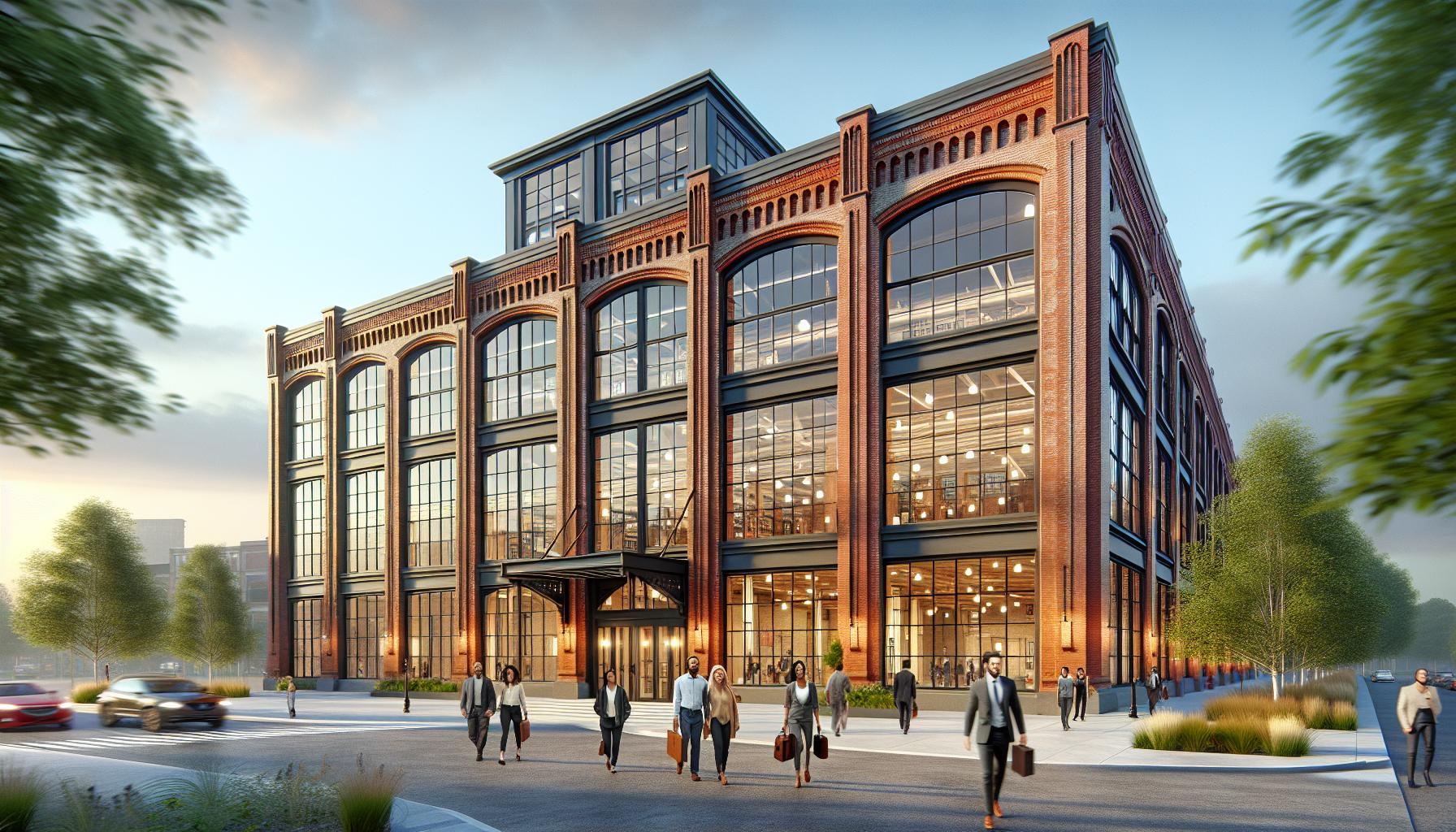
Adaptive reuse represents a significant trend in commercial architecture. This practice involves repurposing existing buildings for new functions, supporting sustainability and historical preservation.
Historical Preservation
Historical preservation maintains the cultural significance of structures while integrating them into modern life. Many businesses repurpose old factories or warehouses, transforming them into offices or mixed-use spaces. This approach not only conserves architectural heritage but also fosters a unique aesthetic appeal that attracts tenants. Studies show that restored buildings often experience higher occupancy rates, as they offer charm often missing from newly constructed properties. The process of adapting these structures encourages a sense of community, where new and old coexist harmoniously.
Modern Applications
Modern applications of adaptive reuse adapt existing spaces to meet contemporary needs. Transformations range from converting churches into event venues to turning old hotels into affordable housing. Technology plays a crucial role in this transition, incorporating smart building systems that enhance functionality and energy efficiency. Such adaptations can lead to significant cost savings on new construction while addressing housing shortages in urban areas. Organizations increasingly prioritize adaptive reuse, aligning with sustainability goals and minimizing environmental impact. This trend solidifies the role of creative design in revitalizing underutilized areas, promoting urban regeneration.
Biophilic Design Principles
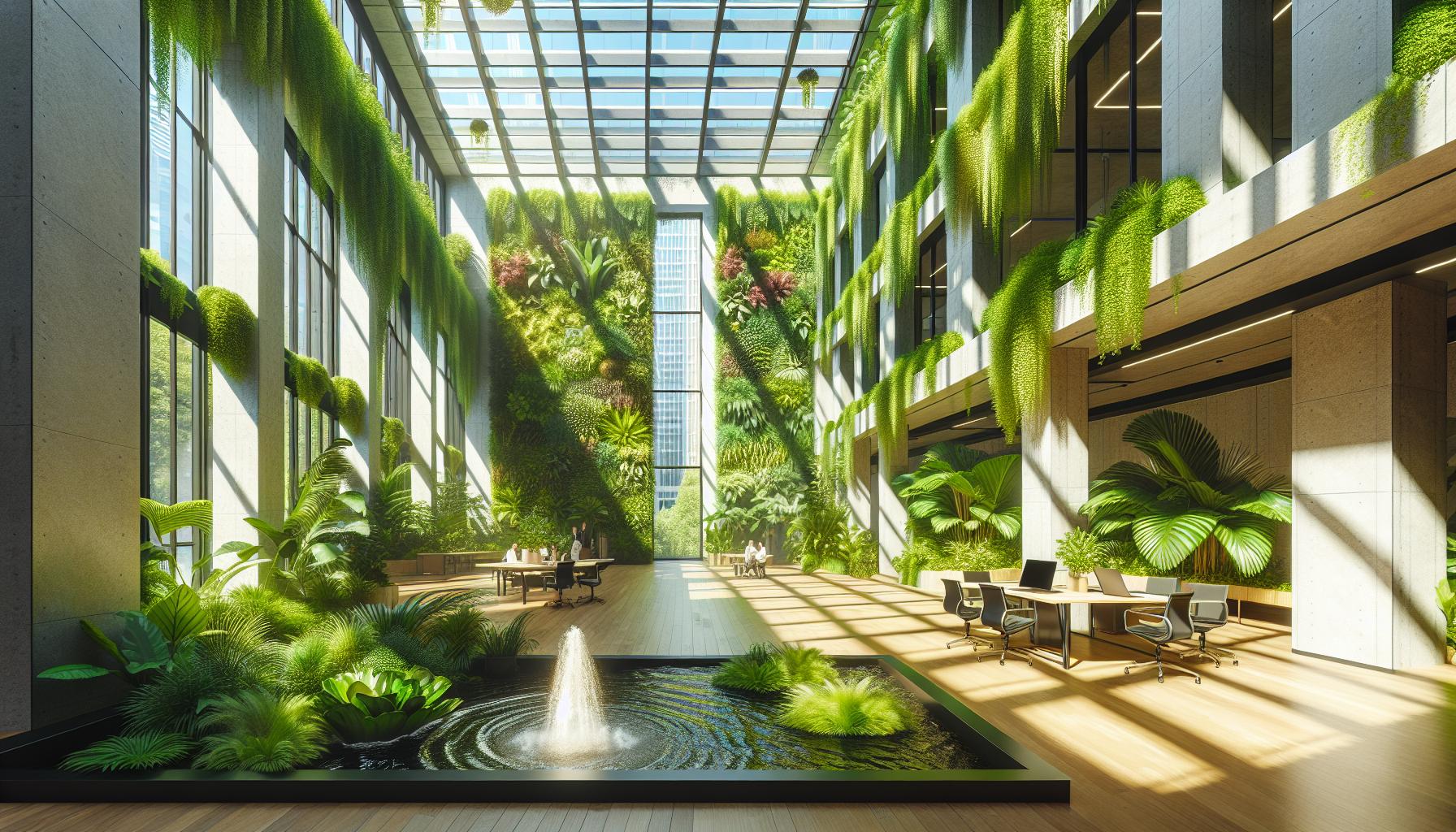
Biophilic design principles emphasize the connection between occupants and nature within commercial spaces. By integrating natural elements, these designs foster well-being and productivity.
Integrating Nature in Urban Spaces
Integrating greenery into urban environments enhances the appeal of commercial properties. Indoor plants, green walls, and natural light sources contribute to a calming atmosphere. Water features, like fountains and ponds, add a sensory aspect that promotes relaxation. Planners frequently use these elements to create peaceful settings that break the monotony of concrete spaces. Community gardens and rooftop parks are increasingly common as they encourage interactions among occupants, nurturing a sense of community. Implementing these design features transforms workplaces while making them more inviting and sustainable.
Benefits for Occupants
Benefits for occupants include improved mental health and enhanced focus. Access to natural light can boost mood and regulate circadian rhythms, leading to better sleep patterns. Studies show that environments incorporating biophilic elements can result in a 15% increase in productivity. Furthermore, exposure to green spaces can reduce stress levels significantly. Employees in biophilic environments report higher satisfaction rates, which translates to increased retention. Healthier workspaces contribute to lower absenteeism, creating a positive impact on overall business performance. As such, organizations recognize the value of prioritizing occupant well-being through biophilic design.
Smart Building Technologies
Smart building technologies revolutionize commercial architecture by enhancing energy efficiency and user interaction. Integrating automation and the Internet of Things (IoT) represents a critical component of this trend.
Automation and IoT Integration
Automation systems streamline building management by controlling lighting, heating, and cooling based on occupancy. Smart sensors contribute to energy savings by adjusting settings in real-time, while also monitoring environmental conditions. IoT devices enable seamless communication between systems, resulting in heightened efficiency. For instance, real-time data analytics can identify energy consumption patterns, prompting adjustments to optimize performance. This technology stack enhances operational efficiency, leading to a notable reduction in energy costs. Studies indicate that buildings utilizing smart technologies can achieve up to a 30% decrease in overall energy use, supporting sustainability goals.
Enhancing User Experience
User experience in commercial buildings improves significantly through smart technologies. Interactive applications allow occupants to personalize their environments easily, enhancing comfort and productivity. Features such as mobile access to building services, including wayfinding and meeting room reservations, increase convenience. Positive feedback loops reinforce user engagement, as occupants can communicate preferences to building systems. Additionally, optimizing natural light and air quality through smart sensors contributes to occupant well-being. Research demonstrates that well-designed smart spaces can increase productivity by up to 15%, illustrating their impact on workplace dynamics.

